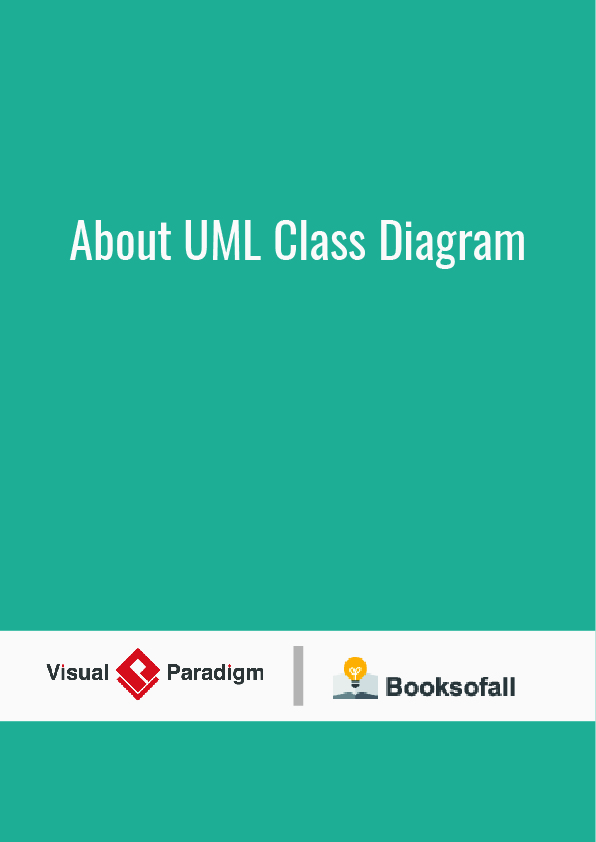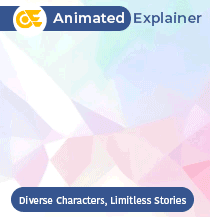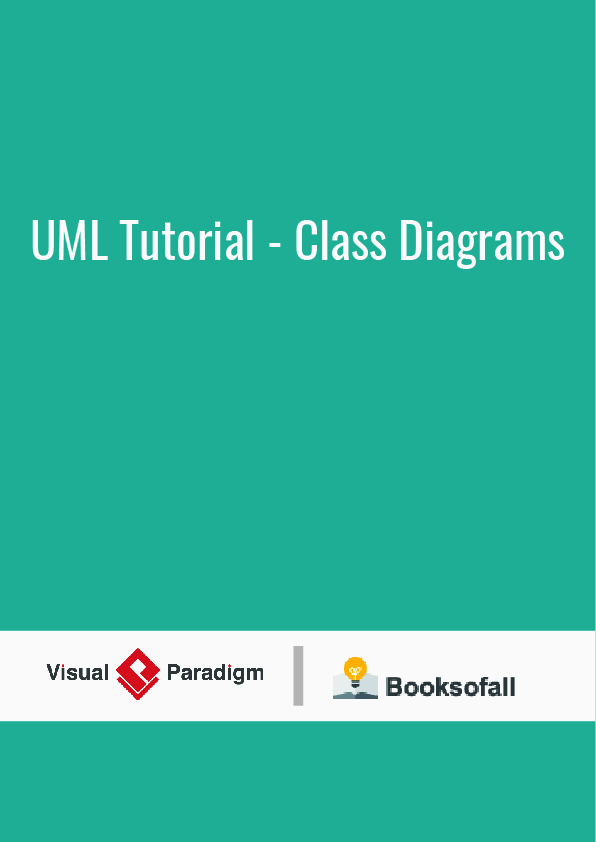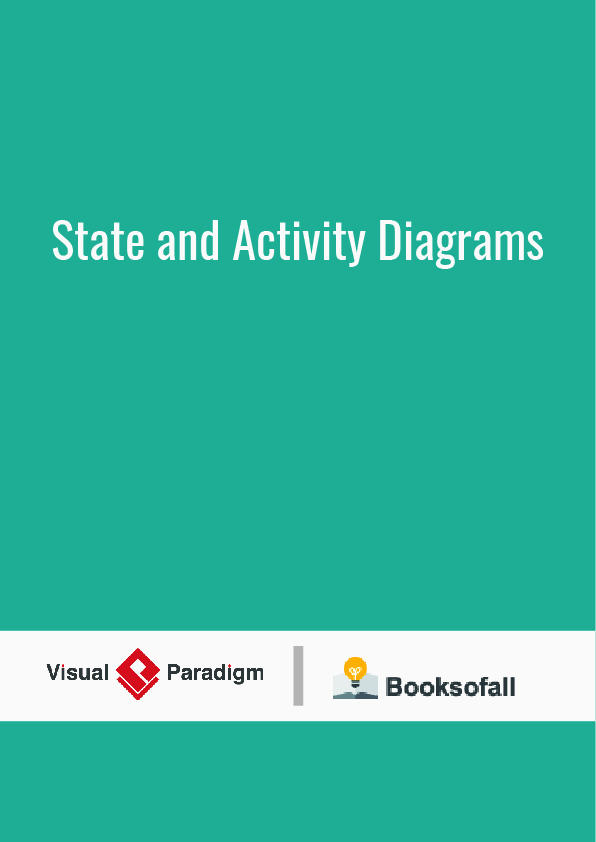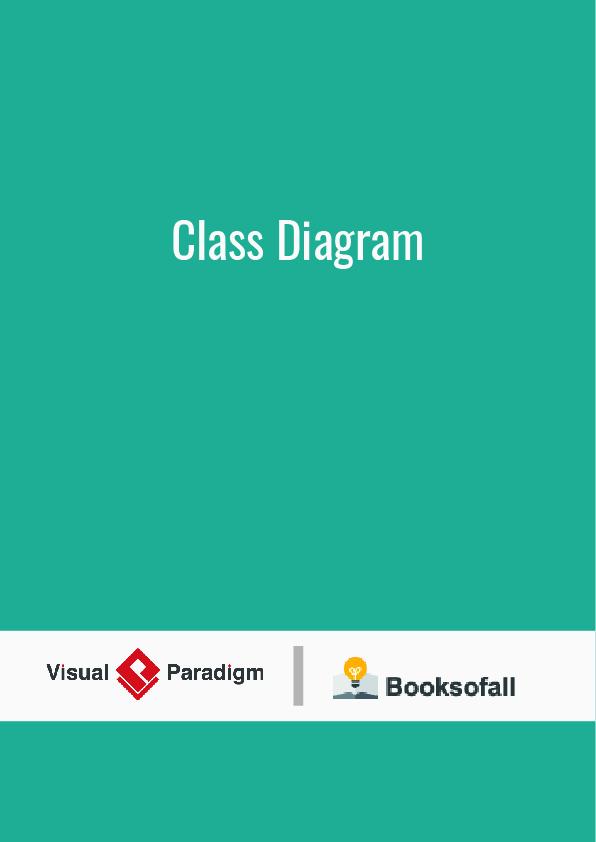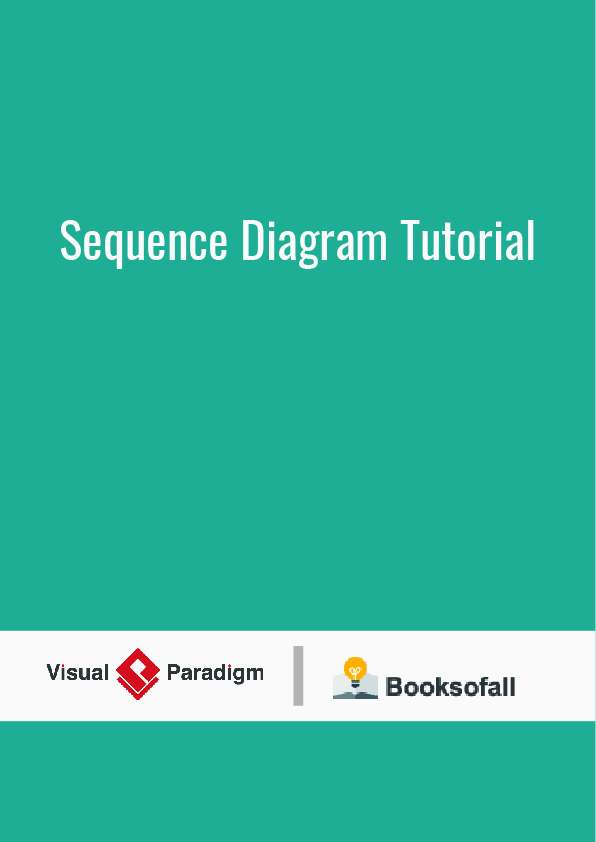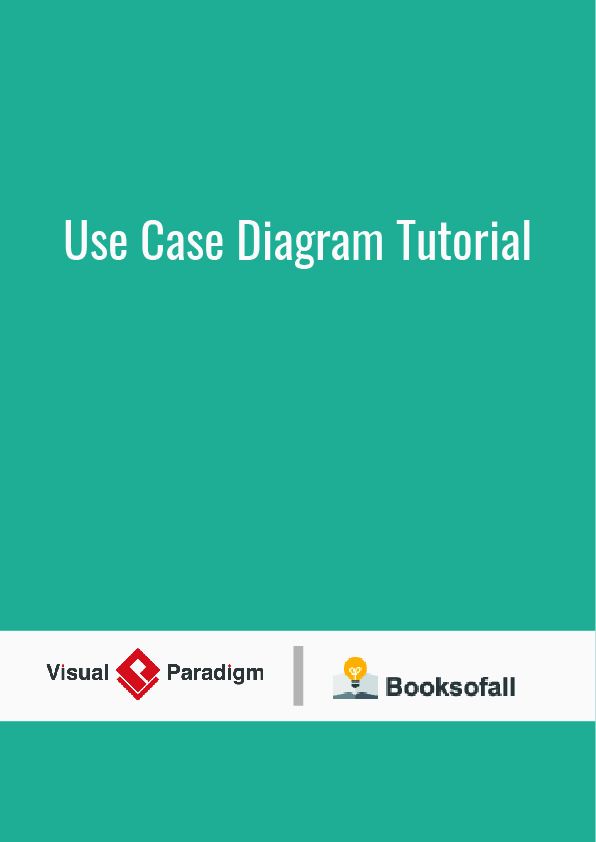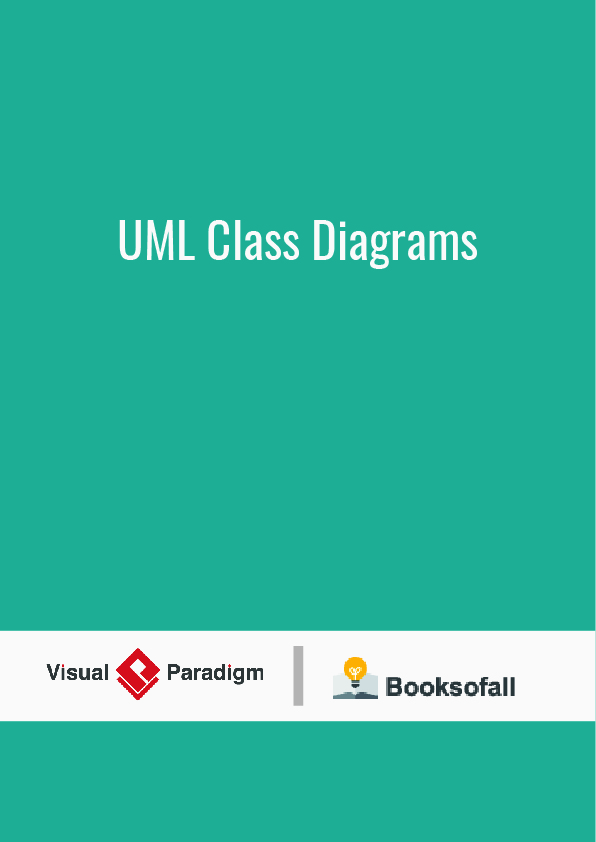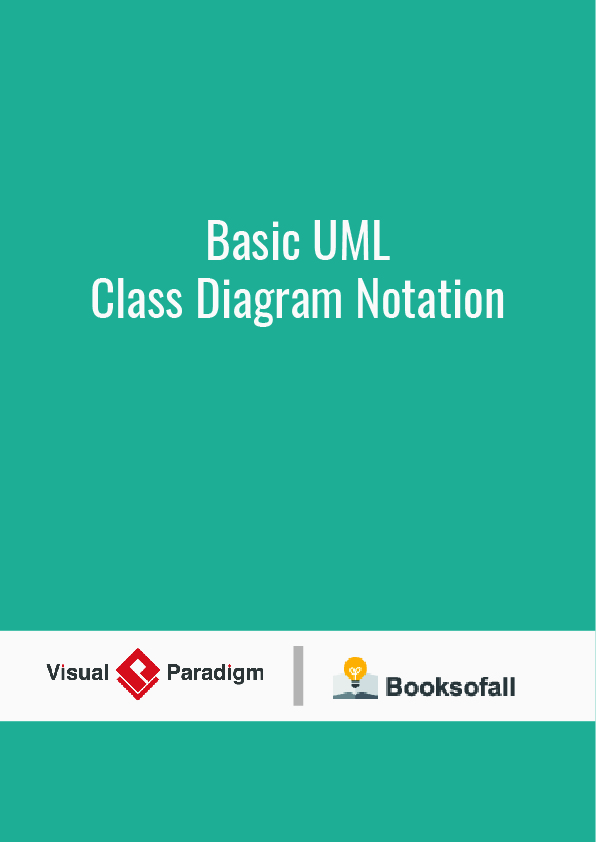In software engineering, a class diagram in the Unified Modeling Language (UML) is a type of static structure diagram that describes the structure of a system by showing the system’s classes, their attributes, operations (or methods), and the relationships among objects.
The class diagram is the main building block of object-oriented modeling. It is used for general conceptual modeling of the structure of the application, and for detailed modeling, translating the models into programming code. Class diagrams can also be used for data modeling. The classes in a class diagram represent both the main elements, interactions in the application, and the classes to be programmed.
In the diagram, classes are represented with boxes that contain three compartments:
- The top compartment contains the name of the class. It is printed in bold and centered, and the first letter is capitalized.
- The middle compartment contains the attributes of the class. They are left-aligned and the first letter is lowercase.
- The bottom compartment contains the operations the class can execute. They are also left-aligned and the first letter is lowercase.
In the design of a system, a number of classes are identified and grouped together in a class diagram that helps to determine the static relations between them. In detailed modeling, the classes of the conceptual design are often split into subclasses.
In order to further describe the behavior of systems, these class diagrams can be complemented by a state diagram or UML state machine.
Members
UML provides mechanisms to represent class members, such as attributes and methods, and additional information about them like constructors.
Scope
The UML specifies two types of scope for members: instance and class, and the latter is represented by underlined names.
- Instance members are scoped to a specific instance.
- Attribute values may vary between instances
- Method invocation may affect the instance’s state (i.e. change the instance’s attributes)
- Class members are commonly recognized as “static” in many programming languages. The scope is the class itself.
- Attribute values are equal for all instances
- Method invocation does not affect the classifier’s state
To indicate a classifier scope for a member, its name must be underlined. Otherwise, instance scope is assumed by default.
Relationships
A relationship is a general term covering the specific types of logical connections found on class and object diagrams. UML defines the following relationships:
Instance-level relationships
Dependency
A dependency is a type of association where there is a semantic connection between dependent and independent model elements. It exists between two elements if changes to the definition of one element (the server or target) may cause changes to the other (the client or source). This association is uni-directional. A dependency is displayed as a dashed line with an open arrow that points from the client to the supplier.
Association
An association represents a family of links. A binary association (with two ends) is normally represented as a line. An association can link any number of classes. An association with three links is called a ternary association. An association can be named, and the ends of an association can be adorned with role names, ownership indicators, multiplicity, visibility, and other properties.
There are four different types of association: bi-directional, uni-directional, aggregation (includes composition aggregation) and reflexive. Bi-directional and uni-directional associations are the most common ones.
For instance, a flight class is associated with a plane class bi-directionally. Association represents the static relationship shared among the objects of two classes.
Aggregation
Aggregation is a variant of the “has a” association relationship; aggregation is more specific than association. It is an association that represents a part-whole or part-of relationship. As shown in the image, a Professor ‘has a’ class to teach. As a type of association, an aggregation can be named and have the same adornments that an association can. However, an aggregation may not involve more than two classes; it must be a binary association. Furthermore, there is hardly a difference between aggregations and associations during implementation, and the diagram may skip aggregation relations altogether.[7]
Aggregation can occur when a class is a collection or container of other classes, but the contained classes do not have a strong lifecycle dependency on the container. The contents of the container still exist when the container is destroyed.
In UML, it is graphically represented as a hollow diamond shape on the containing class with a single line that connects it to the contained class. The aggregate is semantically an extended object that is treated as a unit in many operations, although physically it is made of several lesser objects.
Example: Library and Students. Here the student can exist without library, the relation between student and library is aggregation.
Composition
The UML representation of a composition relationship shows composition as a filled diamond shape on the containing class end of the lines that connect contained class(es) to the containing class.
